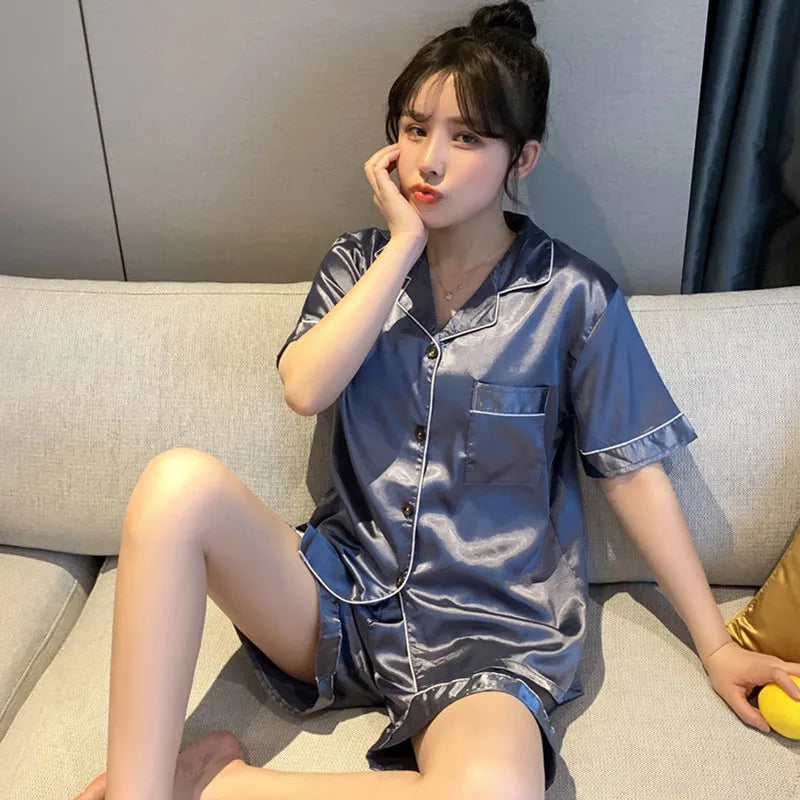Are Onesies with Hoods Safe to Sleep In?
Table of Contents
- Introduction
- Understanding the Risks
- Choosing the Right Sleepwear
- Creating a Safe Sleep Environment
- Summary of Key Points
- Conclusion
Introduction
When we think of comfort, it’s hard not to picture the soft embrace of a cozy onesie. These delightful garments have become synonymous with relaxation, especially for children. But as parents, we often find ourselves questioning the safety of our children's sleepwear choices. One particularly common concern is whether onesies with hoods are safe for sleeping. This question can lead to a whirlwind of opinions from fellow parents, experts, and even our own instincts.
As we dive into this topic, we’ll explore the safety considerations surrounding hooded onesies, looking at potential risks and expert recommendations. In this blog post, we will also analyze the materials used in sleepwear, the importance of proper sleep environments, and how to ensure your little one stays comfortable and safe throughout the night.
By the end, you will have a comprehensive understanding of whether onesies with hoods are suitable for sleep, along with practical tips for choosing the best sleepwear for your child. Let’s embark on this journey together to ensure our little ones enjoy peaceful, safe slumbers wrapped in comfort.
Understanding the Risks
Hooded Onesies: What Are They?
Hooded onesies are one-piece garments designed to provide warmth and comfort, often featuring a zipper or snap closure and a hood. While they can be incredibly cute and cozy, they also raise questions about safety during sleep.
The Safety Concerns
- Suffocation Risks: One of the primary concerns regarding hooded onesies is the potential for suffocation. Hoods can shift during sleep, covering a child's face and obstructing their breathing. This is particularly alarming for infants and young children who may not have the ability to remove the hood themselves.
- Overheating: Babies and toddlers are particularly susceptible to overheating, which has been linked to an increased risk of Sudden Infant Death Syndrome (SIDS). Hoods can trap heat, causing a child to become excessively warm. It's crucial to ensure that your child’s sleep environment is not too hot, and that they are dressed appropriately for the temperature.
- Restricted Movement: For older babies and toddlers, a hood can impede movement. As they shift positions during sleep, the hood may not move with them, potentially leading to awkward positions that could be uncomfortable or unsafe.
- Material Considerations: The fabric of the hooded onesie also plays a role in safety. Garments made from synthetic materials may not be breathable, increasing the risk of overheating.
Expert Recommendations
Experts generally recommend that children sleep without any head coverings. The American Academy of Pediatrics (AAP) advises against using hats, hoods, or any items that could cover a child's face during sleep. They emphasize that keeping the head and face uncovered reduces the risk of suffocation and overheating.
Choosing the Right Sleepwear
Materials Matter
At Relaxed Nights, we believe that the materials used in nightwear play a crucial role in both comfort and safety. Here are some factors to consider when choosing sleepwear for your child:
- Breathability: Look for fabrics that are breathable, such as cotton or bamboo. These materials allow for air circulation, helping to regulate your child's body temperature.
- Softness: The comfort of the fabric against the skin is essential. Opt for soft, gentle materials that won’t irritate your child’s sensitive skin.
- Durability: Quality craftsmanship ensures that the garment withstands the rigors of play and sleep, maintaining its integrity over time.
At Relaxed Nights, our night dresses are crafted from the finest materials, chosen for their softness, breathability, and durability. We are dedicated to helping you embrace comfort and elegance, one beautiful night dress at a time.
Fit is Key
When selecting sleepwear, the fit is just as important as the fabric. Here are some tips to ensure a proper fit for your child:
- Snug vs. Loose: Sleepwear should fit snugly but not be overly tight. Loose clothing can become a hazard, getting caught on objects or posing a risk of strangulation.
- Length: Ensure that the garment is long enough to stay in place during sleep but not so long that it could become a tripping hazard.
- Easy to Change: Look for garments with zippers or snaps that are easy to manage during late-night changes.
Alternatives to Hooded Onesies
If you’re concerned about the safety of hooded onesies, consider these alternatives:
- Footed Pajamas: These provide warmth without the risk associated with hoods. Choose styles with snug-fitting cuffs to keep them in place.
- Sleep Sacks: Sleep sacks are a safe option for infants and toddlers. They provide warmth while keeping the arms and head free, reducing the risk of suffocation.
- Lightweight Sleepwear: For warmer nights, opt for lightweight pajamas that allow for breathability without the added bulk of a hood.
Creating a Safe Sleep Environment
The Role of the Sleep Environment
Creating a safe sleep environment is just as important as choosing the right sleepwear. Here are some tips to ensure your child's sleep space is secure:
- Proper Sleeping Position: Always place your baby on their back to sleep. This position has been shown to significantly reduce the risk of SIDS.
- Safe Crib Setup: Use a firm mattress covered with a fitted sheet. Avoid adding pillows, blankets, or toys that could pose a suffocation risk.
- Ideal Room Temperature: The AAP recommends keeping the room temperature between 68°F and 72°F (20°C to 22°C) to prevent overheating. Use a room thermometer to monitor the temperature.
- Avoid Over-Bundling: Dress your child in appropriate layers for the room temperature, and avoid using heavy blankets or quilts.
- SIDS Awareness: Stay informed about SIDS and its risk factors. Familiarize yourself with safe sleep practices to protect your child during their formative years.
Summary of Key Points
To ensure your child sleeps safely and comfortably, consider the following:
- Avoid hoods during sleep to reduce the risk of suffocation and overheating.
- Choose breathable, soft fabrics for sleepwear to promote comfort and safety.
- Opt for snug-fitting garments that do not impede movement but also do not pose a risk of getting caught.
- Create a safe sleep environment by maintaining a proper sleeping position, using a safe crib setup, and monitoring room temperature.
Conclusion
In summary, while hooded onesies can be adorable and cozy, they may not be the safest option for sleepwear. By prioritizing your child's safety and comfort, you can make informed choices that ensure peaceful nights and sweet dreams. Remember, at Relaxed Nights, we are committed to providing elegant, comfortable nightwear that meets the highest safety standards. Our collection includes beautifully crafted night gowns, robes, and sets that cater to your needs while ensuring your child feels relaxed and secure.
FAQ
1. Can my baby wear a hooded onesie during the day?
Yes, hooded onesies can be suitable for daytime wear, especially in cooler weather. Just ensure that your child is monitored and that the hood does not obstruct their face.
2. What should my baby wear to sleep?
Opt for breathable fabrics like cotton or bamboo and avoid any items that could cover their face, such as hats or hoods.
3. How can I tell if my baby is too hot or too cold?
Monitor your baby’s body temperature by touching their chest or back. If they feel hot to the touch, remove a layer.
4. What is the safest sleep position for my baby?
Always place your baby on their back to sleep to reduce the risk of SIDS.
5. Should I use blankets in the crib?
Avoid using blankets in the crib for infants. Instead, consider using a sleep sack to keep your baby warm without the risk of suffocation.
By understanding the safety concerns related to hooded onesies and making informed choices, we can create a nurturing and secure environment for our children to thrive in. Together, let’s prioritize their comfort and safety as they drift off to dreamland.



